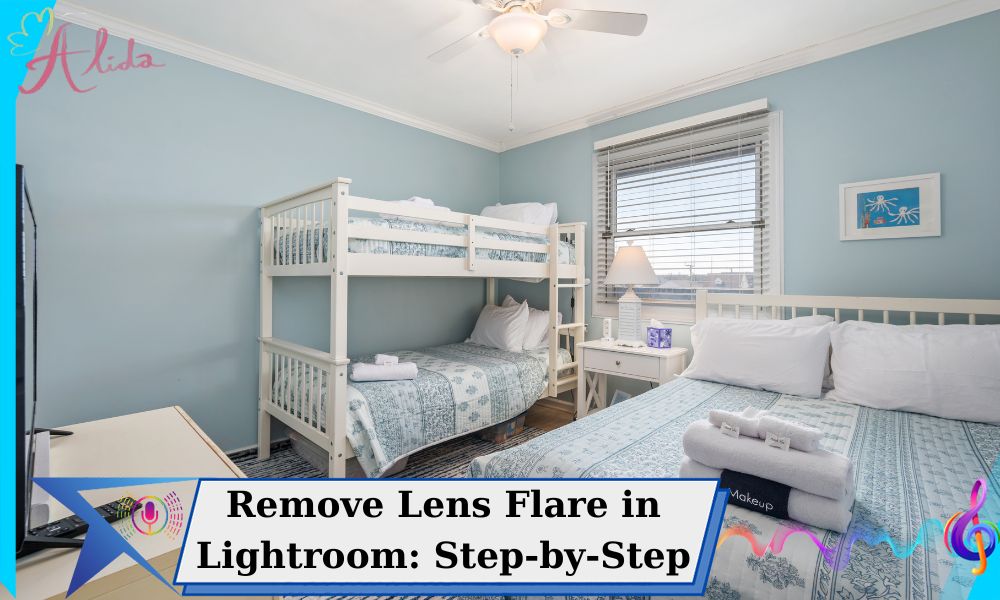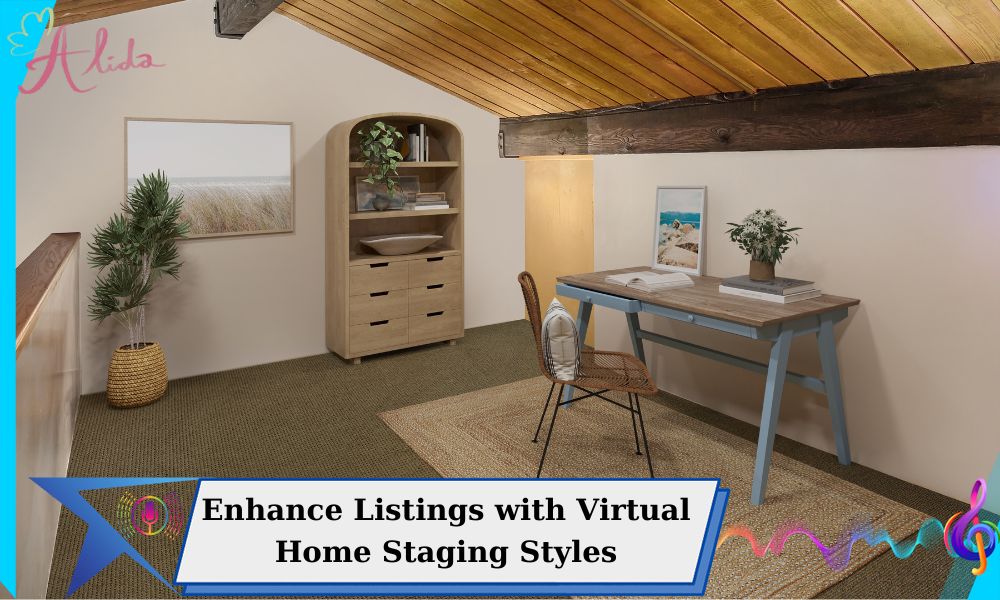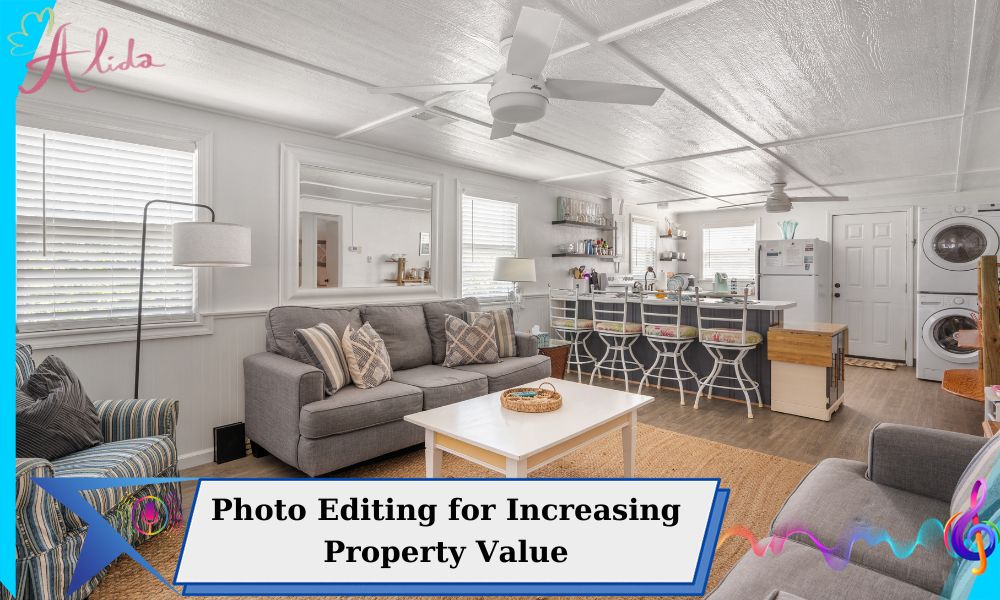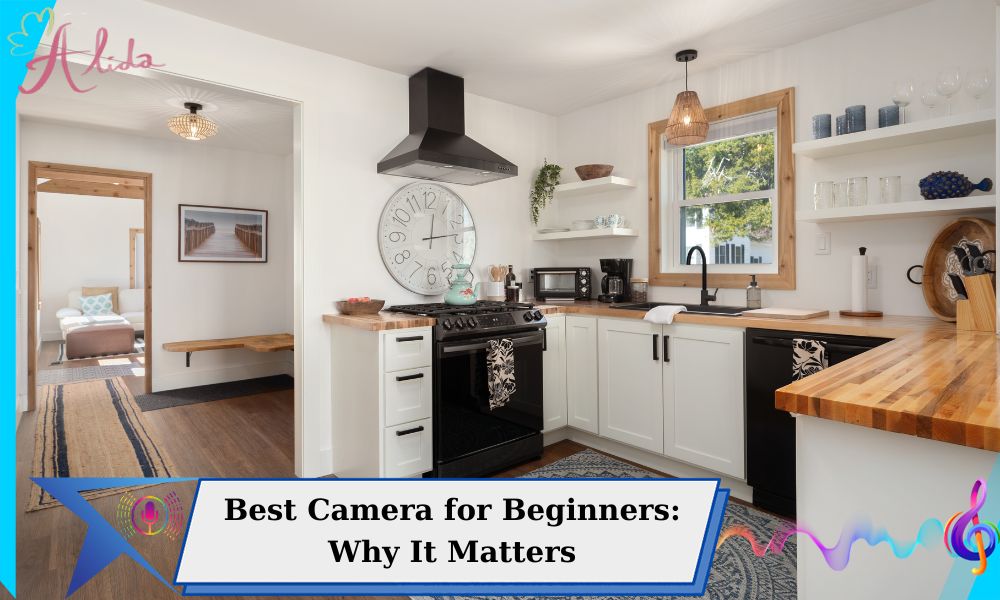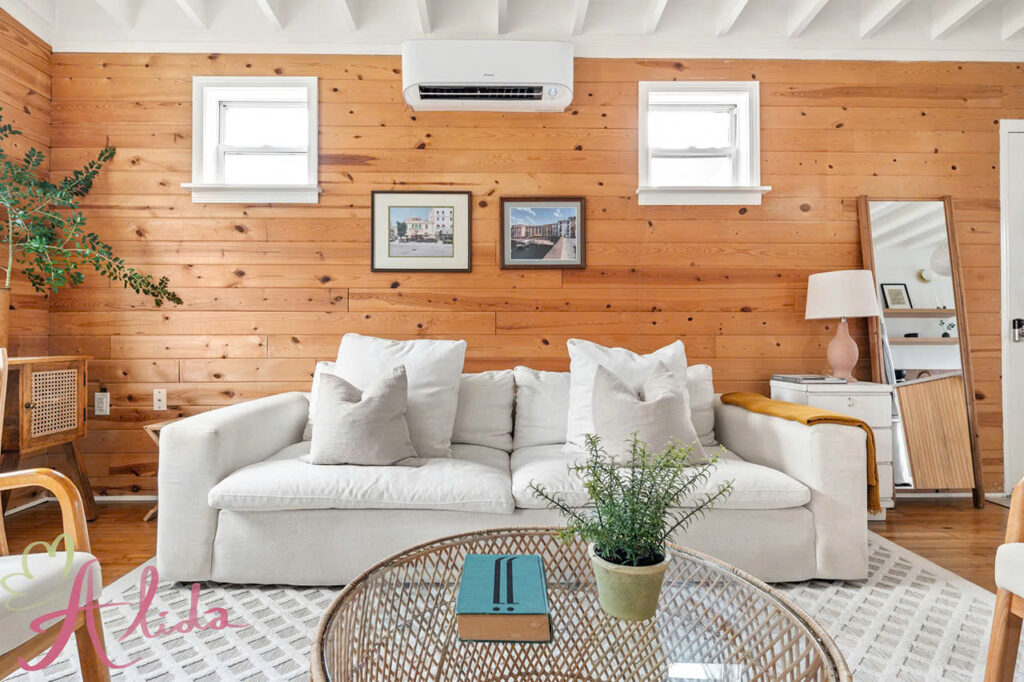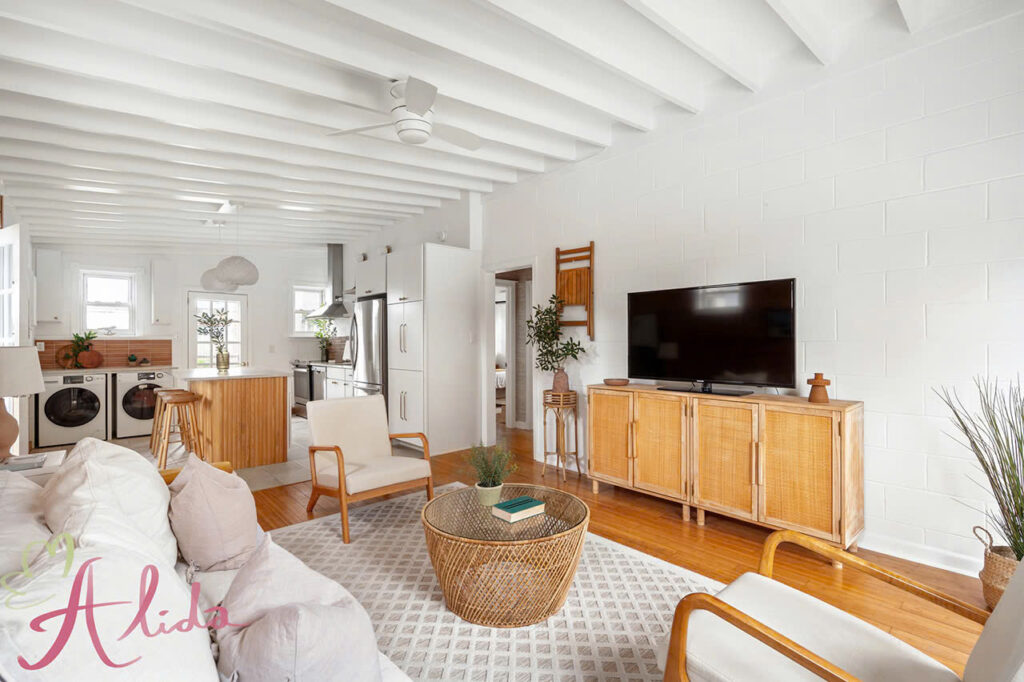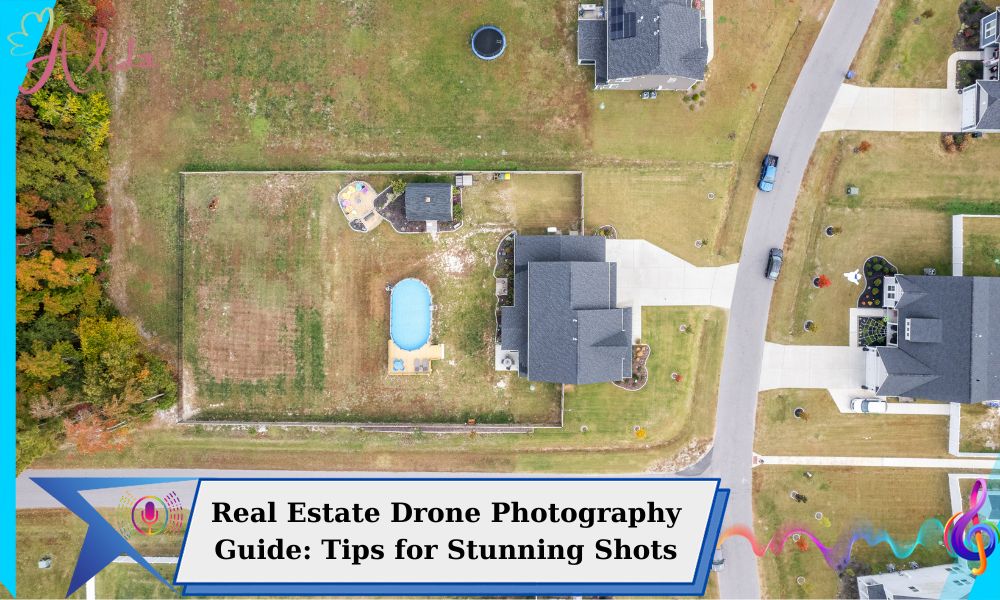The advancement of drone technology has revolutionized various industries, and real estate is one of the key sectors benefiting from it. Through drone photography, agents, developers, and property owners can showcase properties from a unique perspective, highlighting features and details that may be missed in traditional photography. In this real estate drone photography guide, we will cover everything you need to know to produce powerful aerial images, including essential techniques, recommended equipment, editing advice, and emerging trends.
1. What is Real Estate Drone Photography?
Real estate drone photography involves using unmanned aerial vehicles (UAVs), commonly known as drones, to capture aerial images and videos of properties. Unlike traditional ground-level shots, drone photography offers expansive and detailed views from above, allowing viewers to get a full sense of a property’s layout, surrounding landscape, and unique features.
Using drones in real estate photography is particularly effective for properties with large plots, complex layouts, or unique architectural details. Aerial views can highlight property elements like gardens, pools, driveways, and neighboring landmarks, helping prospective buyers visualize the property within its broader context.
2. Why Use Drones in Real Estate Photography?
The benefits of drone photography in real estate are substantial. Unlike traditional photography, which is limited to the agent’s perspective, drones offer a 360-degree, bird’s-eye view that helps capture the true scope and appeal of a property. Here are some key advantages:
- Enhanced Visual Appeal: Aerial shots make listings more attractive, adding a modern, sophisticated touch that captures attention immediately.
- Showcase Surrounding Areas: Drone photography highlights the location, nearby amenities, and scenic views, which can be especially persuasive for properties near parks, beaches, or city centers.
- Professional Edge: Drone photos lend a polished and professional look to real estate listings, making them stand out in a competitive market.
In a world where first impressions are critical, drone images can differentiate a listing from others and generate greater interest and higher engagement among prospective buyers.
3. Key Elements of High-Quality Drone Photography for Real Estate
Creating quality drone photography for real estate requires the right equipment, settings, and timing. Here are the essentials:
- Choosing the Right Drone: Certain drones are particularly suited for real estate work, like the DJI Mavic Pro or Phantom 4, which are known for their high-quality camera features, stability, and ease of control.
- Optimal Camera Settings: To capture sharp and well-lit images, configure your camera settings. Adjust the resolution to capture high-quality images, ISO for lighting control, and shutter speed to freeze moving elements.
- Timing the Shot: Shooting during the “golden hours” – early morning or late afternoon – will maximize natural light and minimize harsh shadows, creating softer, more flattering images.
4. Techniques for Capturing Stunning Real Estate Drone Photos
A well-planned shoot is crucial for impressive drone photography. Here are some popular techniques for achieving high-quality shots:
- Use Varied Angles: Take advantage of the drone’s range by capturing various angles. Start with top-down views for a complete property overview, wide angles to show expansive spaces, and close-ups for highlighting architectural details.
- Leverage Natural Lighting: Pay attention to the position of the sun, and try using light and shadows to add dimension and interest to your shots. Overcast days can be surprisingly beneficial as they diffuse light and reduce unwanted shadows, creating a more balanced exposure.
5. Post-Processing and Editing Tips in the Real Estate Drone Photography Guide
Editing can be the difference between a good image and a great one. Here are the key steps in post-processing for drone photography:
- Software for Editing: Tools like Adobe Lightroom and Photoshop are powerful for adjusting lighting, contrast, and color tones. They’re user-friendly, and the results are professional-quality.
- Editing Essentials: Basic edits include enhancing brightness, contrast, and sharpness to make details pop. Cropping and straightening the horizon line also enhance the photo’s overall appeal.
- Optimizing for the Web: To keep load times fast and image quality high, resize and format images appropriately. High-resolution images that load quickly help maintain the quality of your website and provide a seamless user experience.
6. Legal Considerations in the Real Estate Drone Photography Guide
While drones open exciting possibilities for real estate, it’s essential to adhere to all local regulations:
- Drone Licensing: Most regions require commercial drone operators to obtain a license. Check your local requirements to ensure compliance with legal standards.
- Safety and Privacy: Fly your drone responsibly, especially in residential areas. Avoid disturbing neighbors, and respect privacy boundaries to prevent any complaints or issues.
7. Emerging Trends in Real Estate Drone Photography Guide
Real estate drone photography is continuously evolving, with several innovative trends gaining popularity:
- Video Drones: Video tours add a new level of engagement, providing dynamic, real-time perspectives that showcase the property’s features. Video drones can capture smooth, cinematic footage that adds an immersive feel to listings.
- 360-Degree Photography and Virtual Reality (VR): 360-degree images and VR tours offer an interactive, immersive way to view properties, allowing potential buyers to experience the layout and features as if they were walking through the property.
8. Conclusion: Long-Term Benefits of Aerial Photography for Real Estate Sales
In today’s competitive real estate market, creating a memorable listing is crucial. High-quality drone photography not only adds a modern and professional touch but also enhances the buyer’s experience, increasing the likelihood of interest and engagement. Properties with drone photography stand out and sell faster, making this investment well worth it for any real estate professional or homeowner.
If you’re ready to elevate your real estate listings, consider pairing your photography with professional editing services. Alida’s real estate photo editing service specializes in making each image stand out. From adjusting lighting to fine-tuning details, we ensure your photos look their best. For more information, reach out to us at photonews121@gmail.com.

